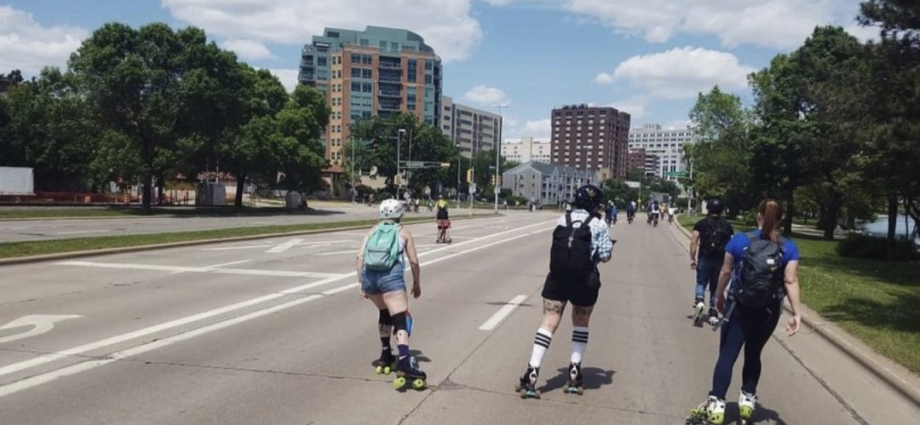Climate change, accessibility, transportation equity, re-connecting to and building community, resiliency, social and environmental justice, economic development, and overall quality of life for ourselves and future generations can be impacted by creating communities that allow its residents to walk or bike all the places they want and need to go.
Keely Campbell
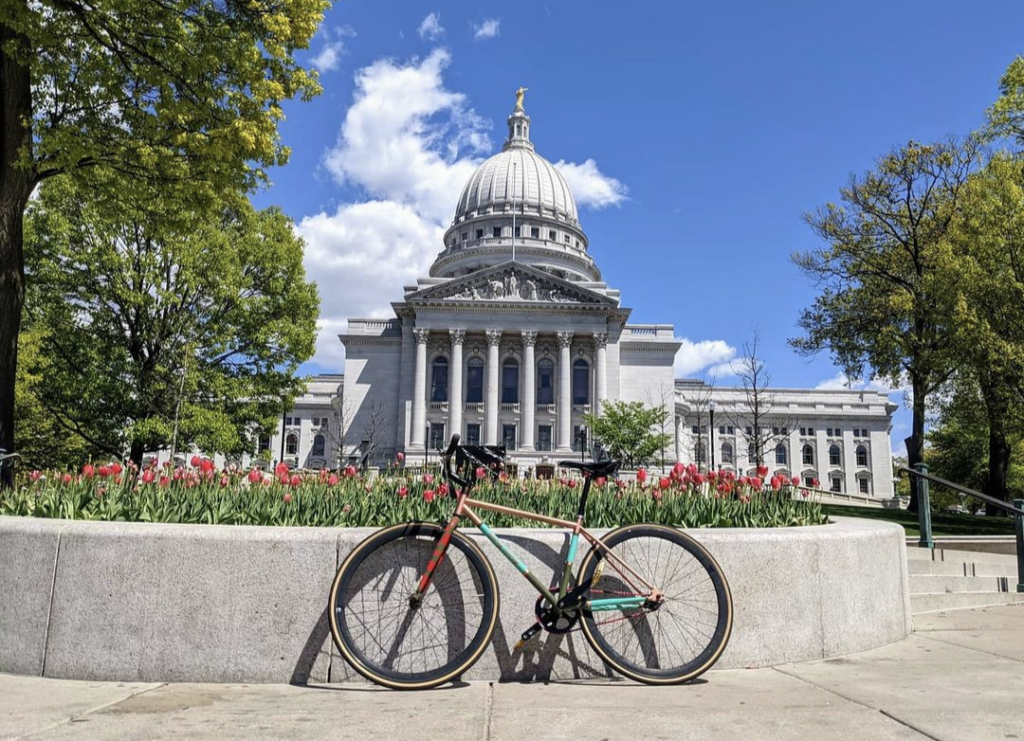
Introducing our Madison, Wisconsin-based Correspondent Keely Campbell!
Here at Pedestrian Space we recently launched a Global Walkability Correspondents Network, as a way to build solidarity among walkability advocates around the world and continue to create media on sustainable mobility and urbanism.
We are grateful to welcome Keely as a Midwest, USA Correspondent to our growing network of individuals who are passionate walkability advocates.
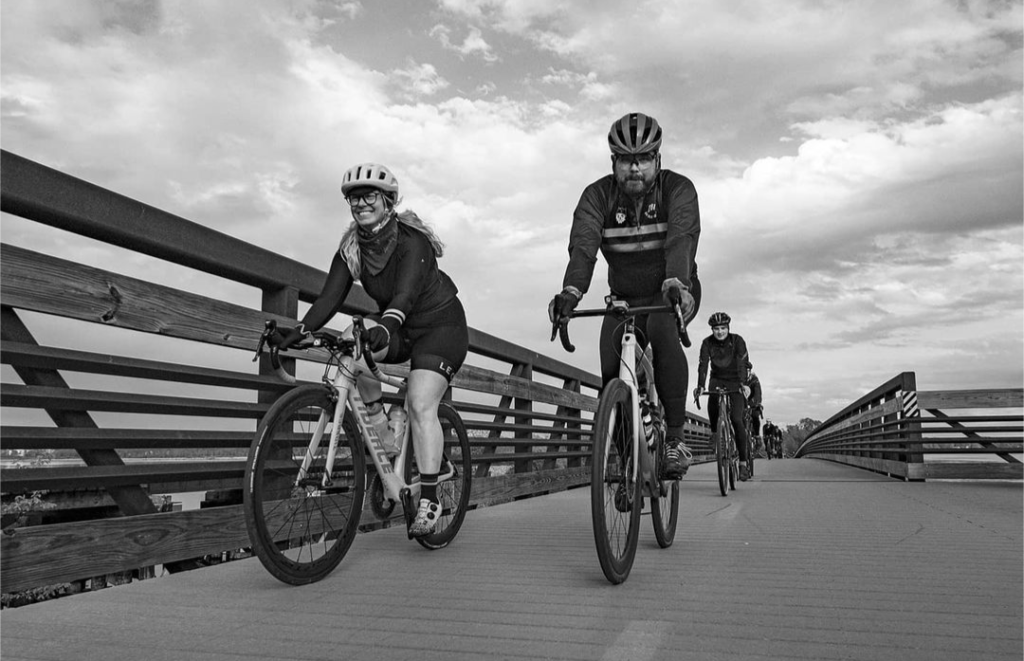
WHO
A geologist by trade, I made my way into community development, design, and advocacy through Brownfield revitalization. Once I was able to put local issues into the context of a broad-scope revitalization project, I quickly latched onto issues surrounding community safety, walkability and accessibility.
As an enthusiastic dog mom and cyclist, once I started learning and “walking” down that path, while often working in the community development space professionally, transportation equity quickly became a personal passion.
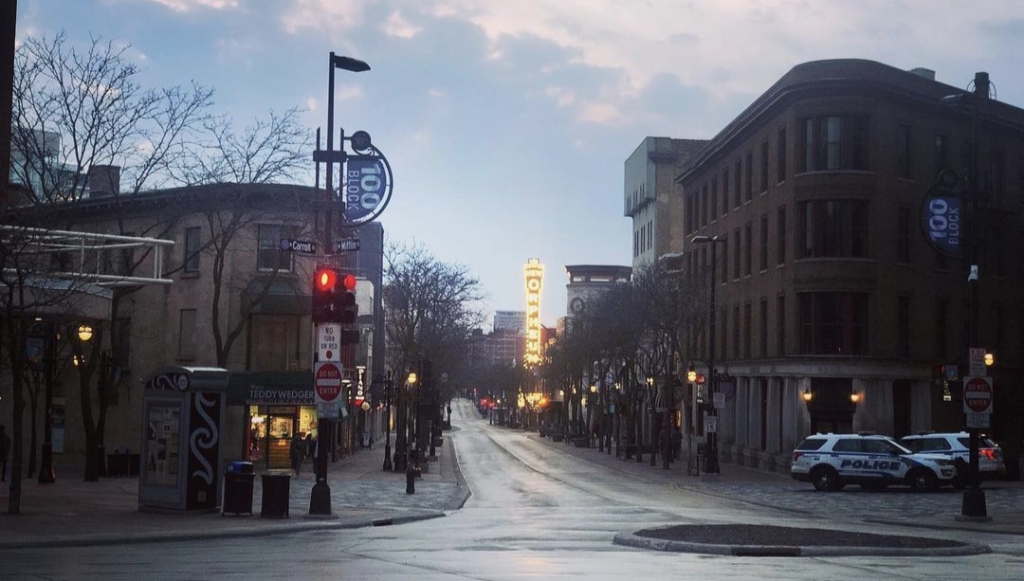
Relative to FL and MT, Madison is a wonderfully walkable and livable place, but it continues to have issues related to connectivity and culture. The Midwestern US is an agriculture and industry-focused region, at its roots. In general, it’s unusual for people not to own and use a car.
Keely Campbell
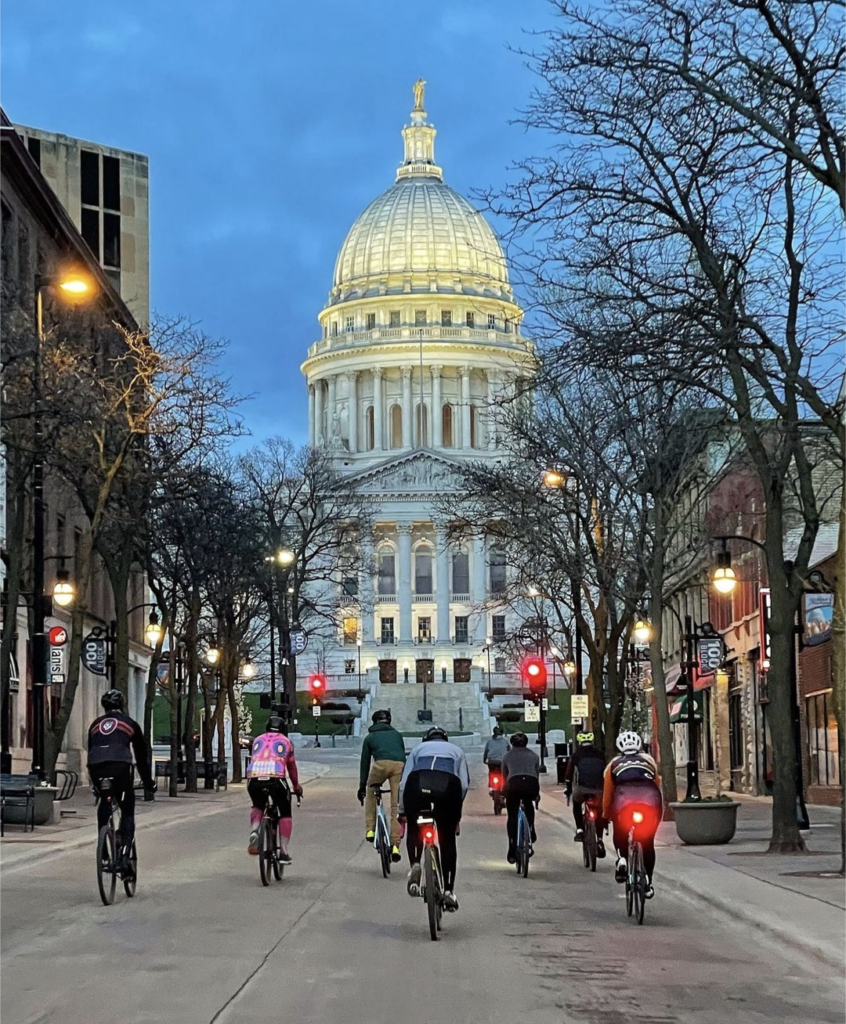
WHERE
I hail from the beautiful community of Jacksonville Beach, Florida. While there are many walkable areas of this beach suburb of the Jacksonville Metro area, it is largely a vehicle-centric place. Marked and protected bike lanes are few and far between, sidewalks are often ill-maintained or unconnected, and car traffic wildly outranks pedestrian and cyclist traffic. Fun fact- my team is currently assisting the City in an Urban Trails Master Plan project to help address some of these issues!
I moved to Montana after college. I bounced around towns of under 300 people in rural areas to college and military towns around 60,000, each having its own strengths and issues concerning livability and mobility. The Rocky Mountain Western US is significantly more spread out than the rest of the country, and communities in it are too. Small rural towns are often only walkable if you’re a horse: large ranches and farms surrounding a tiny downtown or main street area with one bar, one bank, one post office…
Larger towns and cities are slightly more walkable with additional transportation options like the bus, but the culture in them is very car-centric. Especially during the winter, it would be very difficult to get where you needed to go without a car in most Montana communities (or, again, a horse).
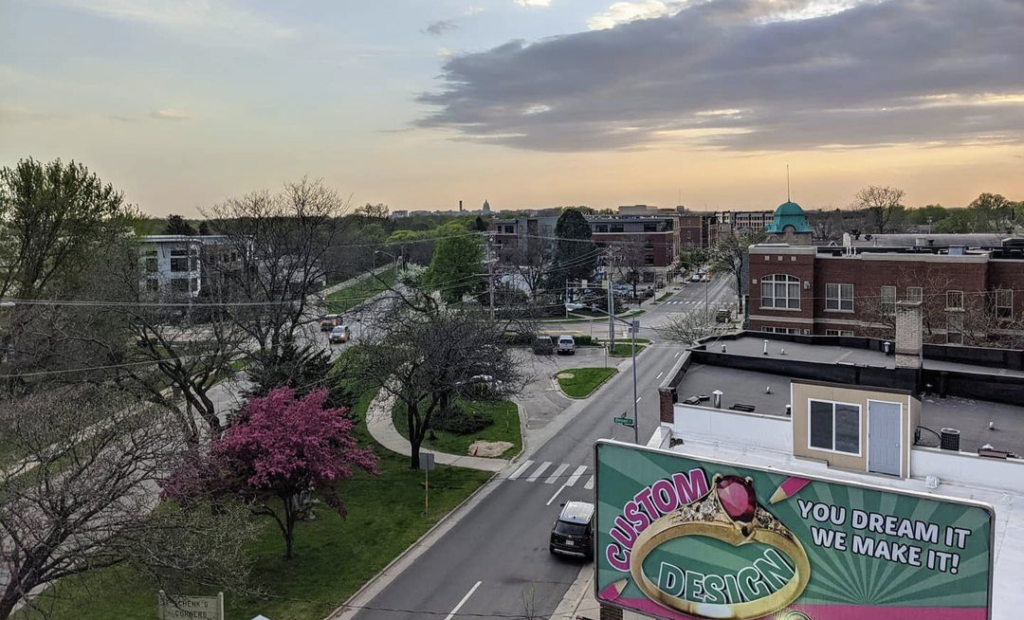
I currently live in Madison, Wisconsin, which I consider, by far, to be the most livable and walkable place I’ve ever resided. The City is developed on an isthmus, surrounded by large lakes. If you live on the isthmus, you can walk or bike anywhere you’d want or need. There are bike lanes on most roads (although not often protected), path and trail systems, and a slow but available bus system.
Outside my window, as I type this, I can see restaurants, bars, a pet store, a jewelry shop, a bike path, a pocket park, medium density and single-family housing, an ice cream factory, and a historic music venue (not to mention an impending snowstorm). And a food co-op is less than a block away. Relative to FL and MT, Madison is a wonderfully walkable and livable place, but it continues to have issues related to connectivity and culture. The Midwestern US is an agriculture and industry-focused region, at its roots. In general, it’s unusual for people not to own and use a car. Local urban design, while offering pedestrian and cycling infrastructure, often doesn’t do so safely. The City has had a BRT project in the works for a while, but the bus system needs an upgrade now. Despite a desire to walk or bike most places, I often opt for a car trip if it’s more than 5 miles or so due to safety or timing considerations.
As an enthusiastic dog mom and cyclist, once I started learning and “walking” down that path, while often working in the community development space professionally, transportation equity quickly became a personal passion.
Keely Campbell
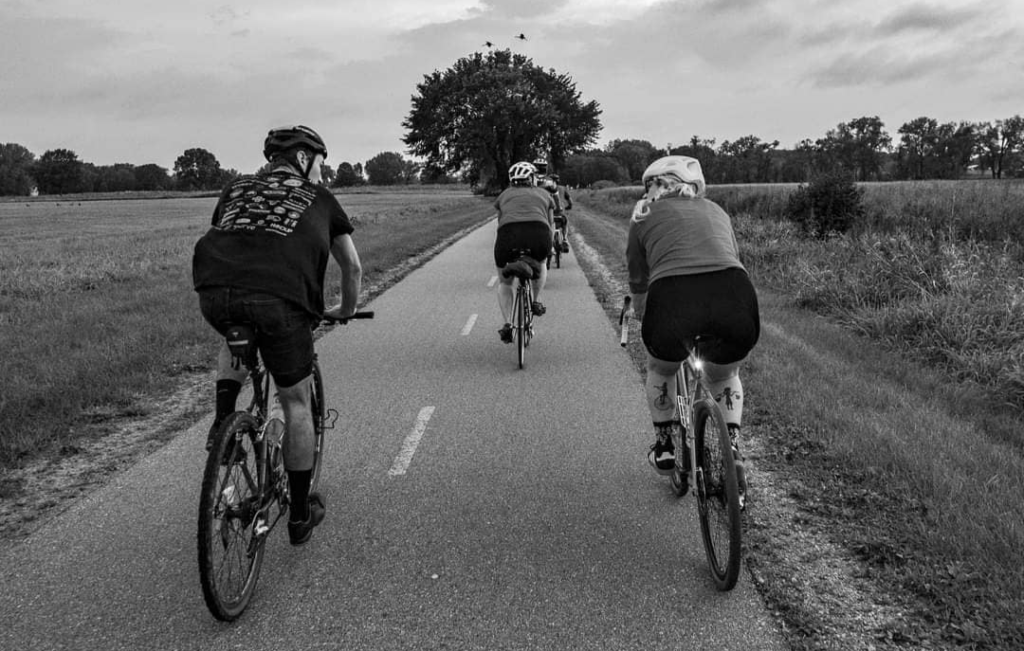
WHY WALKABILITY
I am extremely interested in and passionate about walkability, livability, and sustainable urbanism, because I believe focusing on and enhancing these themes in our local areas is a way to solve a multitude of issues people have been facing for a long time. Climate change, accessibility, transportation equity, re-connecting to and building community, resiliency, social and environmental justice, economic development, and overall quality of life for ourselves and future generations can be impacted by creating communities that allow its residents to walk or bike all the places they want and need to go. In addition to a vehicle (pun intended) for the betterment of ourselves and our cities, this type of advocacy has enormous potential to help people understand and be empowered by the idea that we all have a say in the way our communities are designed, and in turn to spark creativity in people that may not feel like “creative types.”
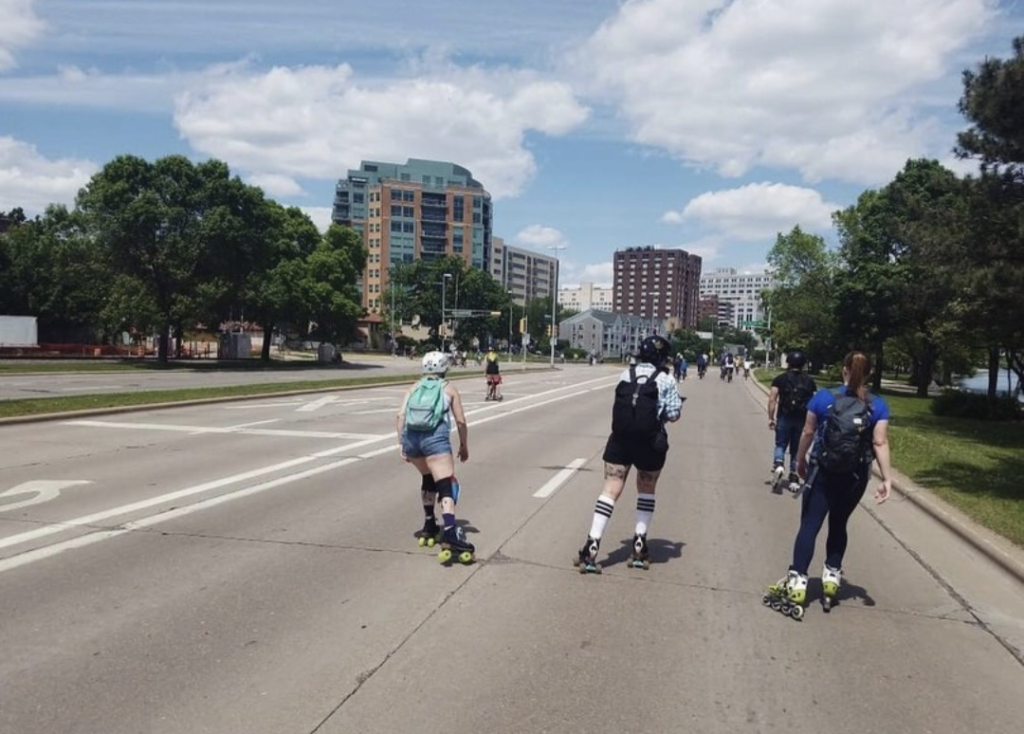
I’m glad to be joining the Global Walkability Correspondents Network for two primary reasons: to continue learning personally and professionally and from more people with global perspectives, and to be an example for people who may think, “I’m not enough of an expert to participate in these walkability conversations.”
Despite living in the age of the influencer, I see people around me (in-person and online) be continually discouraged from speaking about topics unless they have credentials, so many years of experience, the right title. But that’s one of my favorite things about these themes: we all have the “right” experience. No matter where you live or what your background is, you have a lived experience with walkability and valuable insight into it.
Although I work in the community design and development space and very often find ways to apply these topics, my background is far outside of them and my knowledge and passion for walkability is a largely personal exercise (so far!). I want to be a part of this network to learn from others, share my experience, and be a better advocate for the things I genuinely believe will change the world at local, regional, and global scales.
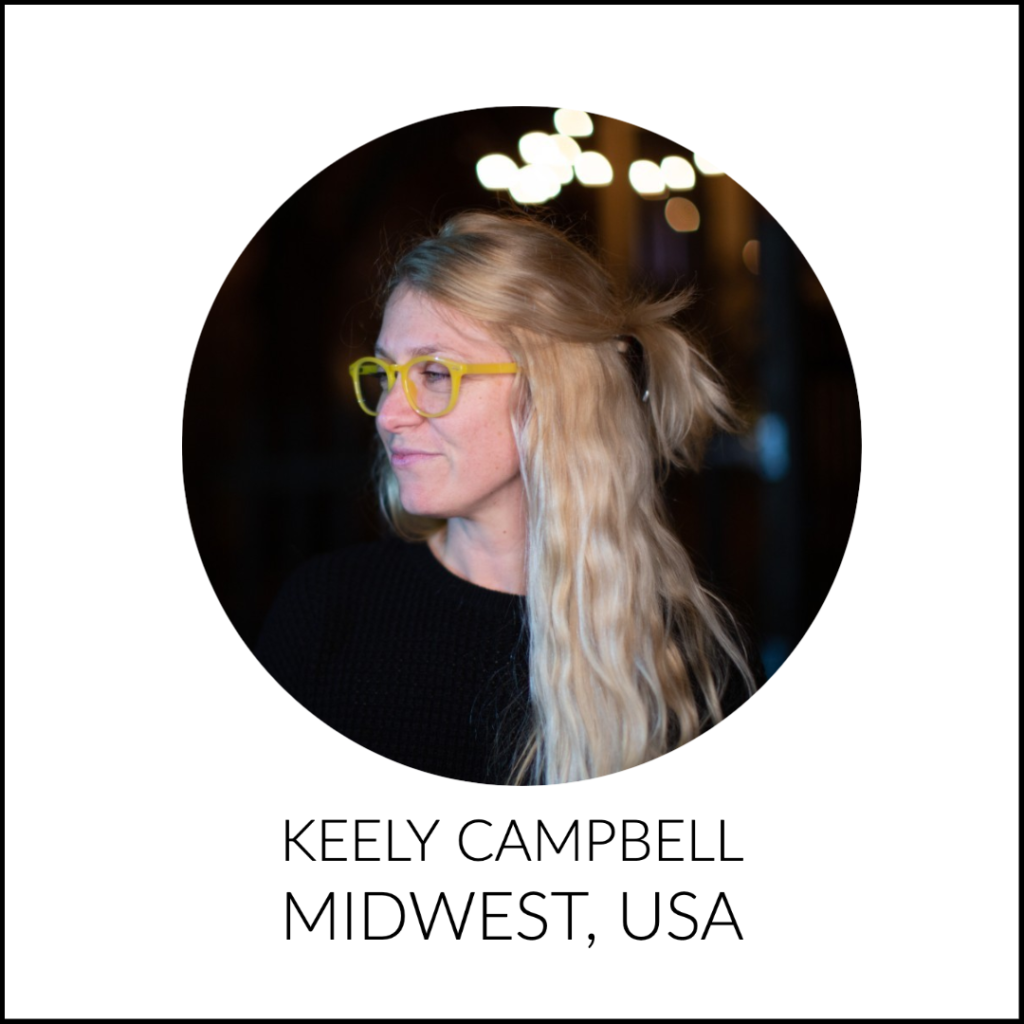
Keely has been in the community development space since 2016. Alongside a team of planners, landscape architects, economic development professionals, and environmental scientists, Keely works to empower people to turn their visions into realities and make an impact through sustainable, locally-supported projects that provide opportunities for safer, more accessible, and connected communities. Her nationwide experience as a geologist and funding specialist gives her an understanding of both the big picture and the details that typify complex local development and redevelopment efforts. Educated at Florida State University, she holds a Bachelor’s Degree in Geological Sciences.
Learn more about the Global Walkability Correspondents Network here

